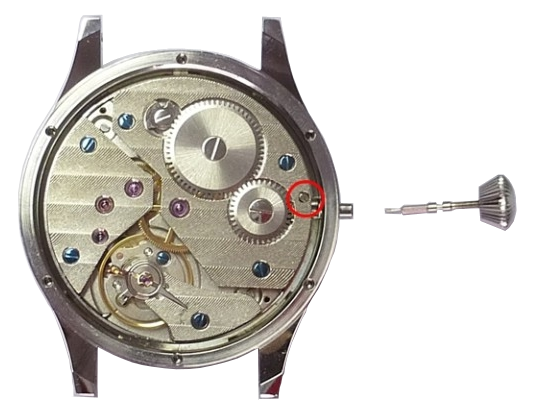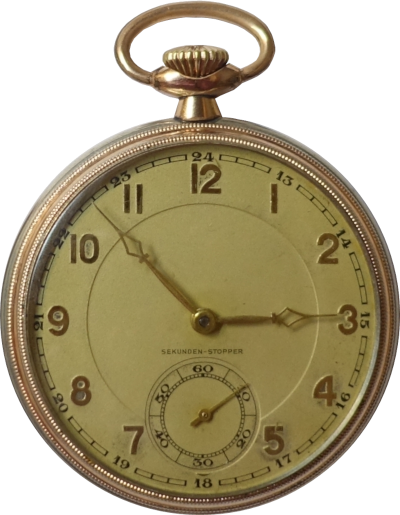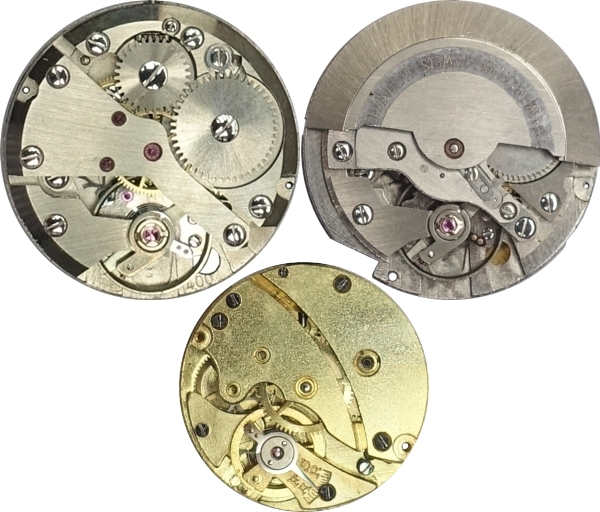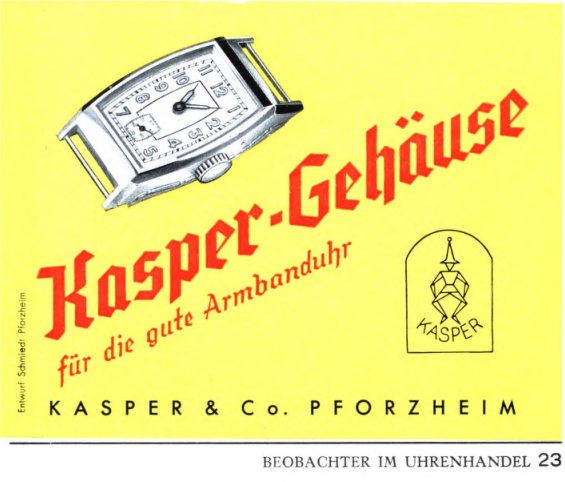To remove a movement from the case, the crown with the winding stem often has to be removed after opening the case. In most cases this is quite simple, but there are also a few more complicated ways.

Uhrwerke – Eine Leidenschaft
To remove a movement from the case, the crown with the winding stem often has to be removed after opening the case. In most cases this is quite simple, but there are also a few more complicated ways.

In modern wristwatch movements, such as the ETA 2824-2, the stop-seconds function, also called hacking seconds, is largely standard. This means that when setting the hands, the second hand is stopped in order to set the watch as accurately as possible to the second. Here I present two pocket watches from the period between 1930 and 1940 that also have this complication.

Regulator dials stand out at first glance. Where there are usually at least two hands turning in the center of the dial, namely those for the hours and minutes, there is only one hand, the one for the minutes. The hour hand, like the second hand, is a small hand above or below the center. What is this good for and where does it come from?

The first part of this article about the Pforzheim-based company Kasper & Co. was about its history: Kasper: Watches and Movements – Part 1
In this second part, we take a look at the company’s watch movements.

As with a number of manufacturers in the watch and jewelry town of Pforzheim, the history of Kasper & Co., founded in 1911 by Karl and Christine Kasper, did not begin with watches, but with elastic straps for watches. This first of two articles about Kasper & Co. outlines the history of the company, while the second part deals with its watch movements.

I like models that illustrate the functioning of certain components of a watch movement in enlarged form. These movement models originated in watchmaking schools, where particularly high-quality examples were produced as study objects and showpieces.
Today I’m showing you something much simpler, namely models of a Swiss lever escapement and of a tourbillon, both from the 3D printer.
